This content represents the writer’s opinions and research and is not intended to be taken as financial advice. The information presented is general in nature and may not meet the specific needs of any individual or entity. It is not intended to be relied upon as a professional or financial decision-making tool.

The cryptocurrency sector is expanding quickly and providing diverse choices for those who are interested.
New digital tokens are constantly released, and crypto traders and investors might want to understand why they’re different, if they’re reliable, and how they differ from top crypto protocols.
These are all doubts that require deep research, and if you want to benefit from some low-risk investments, you should know that the crypto space also offers this kind of opportunity.
Proof-of-stake (PoS), one of the most widely used consensus mechanisms to manage blockchain networks, offers this opportunity: it allows people to earn crypto rewards just by holding the crypto assets that fuel the PoS network.
Cartesi is one of these networks: in this article, we will explain the mechanics of Cartesi staking, how it works, and the innovative features introduced by this protocol – which make it a popular choice among stakers.
Pros & Cons of Staking Cartesi
Pros
- You don’t have to be an expert on blockchain technology to put your Cartesi to work;
- They provide various features that can help you maximise your rewards;
- Cartesi introduces unique features that make it a popular choice among developers;
- Cartesi involves different types of staking for users.
Cons
- The amount of staking rewards is proportionate to the budget you invest and time you stake your assets;
- Some staking methods require complex technical knowledge;
- Volatility in the market could have a negative impact on your staking rewards.
Table of Contents
What is Cartesi Staking?
Earning interest on your savings in the financial market is, more or less, the equivalent to staking cryptocurrency.
The blockchain that utilises a Proof-of-Stake (PoS) or a related consensus mechanism is the one that can sustain staking.
Cartesi operates on such a consensus mechanism, which has two primary benefits that actually considerably differentiate saving accounts and crypto staking:
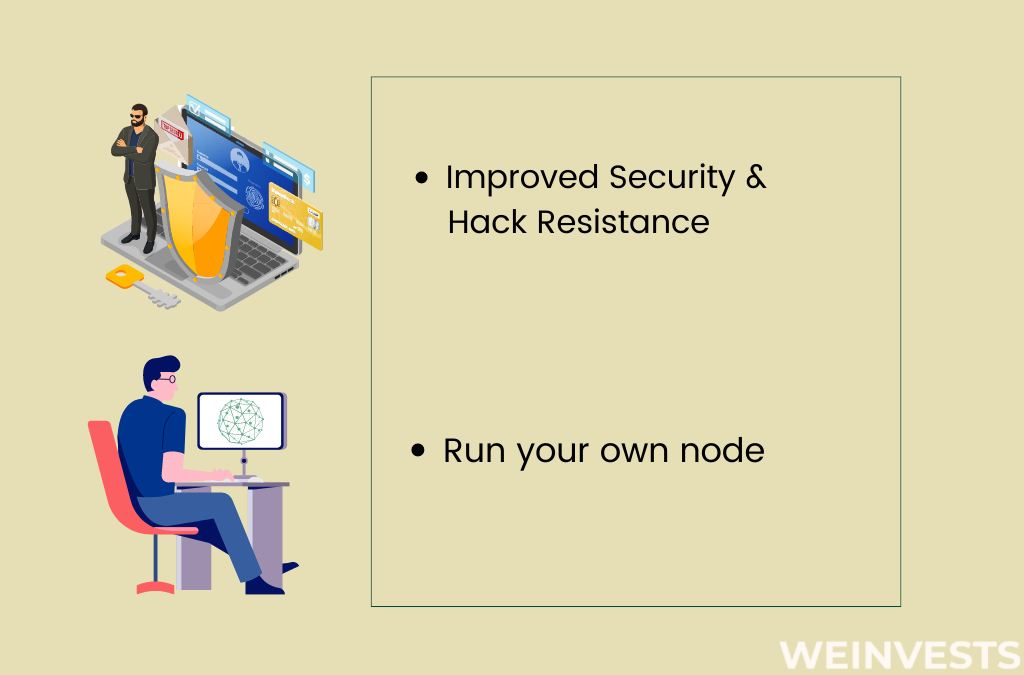
- Staking is useful to decentralize the network and make it more resistant to hacks;
- Staking can also give users the opportunity to run their own nodes and independently create new blocks to earn even more rewards.
Participating in staking Cartesi is mostly low-risk – stakers don’t need to trade actively to increase the amount of their CTSI – and has the exclusive benefit of being more secure, and this should not be disregarded in the crypto and financial industry.
By utilising the consensus algorithm of staking, networks become more secure and include participants making them a pivotal part in the management of the network.
Cartesi took this concept farther, allowing people of all levels of cryptocurrency experience to gain more profits based on their skills. This system, where the network is handled by multiple computers, removes any single points of failure and makes it so no central authority has full control.
Cartesi stakers are essential to this process, doing their part to protect the entire network with minimal effort.
How to Stake Cartesi
Staking is, in short, a way to earn crypto passive income. But staking, in the crypto space, it’s also a way to secure a protocol and to actively participate in a blockchain-based network.
In fact, there are different types of staking and one of the most peculiar features of Cartesi is that it offers different ways to stake Cartesi and earn CTSI.
In particular, there are three different methods to stake CTSI:
- Delegated staking, which allows users to stake CTSI in a decentralized way by choosing a decentralized pool. Pools make it possible to earn rewards by collecting the rewards of all participants when they successfully validate a new Cartesi block.
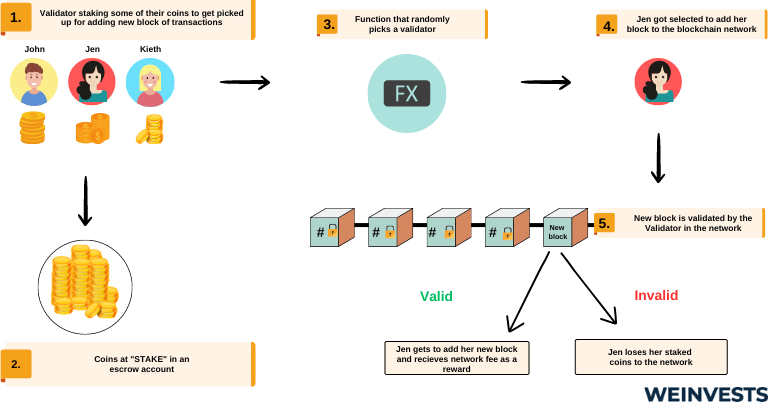
- Another method, which represents the most technical alternative, is running a node. Nodes are the different computers that manage the whole network. This is the most complex method because it requires active participation in managing the node. Moreover, it is better to have a larger amount of CTSI to successfully run a node – so, this might not be the right fit for those who don’t want to invest a significant amount of cryptocurrencies.
- The third method, which is also the most intuitive one, consists of using the services offered by centralized exchanges that support Cartesi staking.
These three methods require different approaches and processes.
Let’s see now the most intuitive option – staking via centralized exchanges:
- Choose a centralized crypto exchange that supports Cartesi staking – Binance is an example;
- Create your account: you’ll need to provide the exchange with your personal information and ID;
- Buy CTSI with fiat currency or deposit CTSI in the wallet the exchange creates and manages on your behalf;
- Choose the amount and start staking to earn rewards.
We’ve covered all the details you need to know to start staking CTSI, but you should always keep in mind that even if staking is a low-risk operation when compared to trading or other types of investments, there are still risks, especially related to volatility.
How to Stake Cartesi?
Binance Earn is one of the platforms offered by the cryptocurrency exchange Binance. It comprises a suite of products to help users bolster their cryptocurrency holdings.
This includes staking Cartesi. Below is a step-by-step tutorial on how to stake Cartesi on Binance Earn.
Step 1: Sign Up and Verify your Account
If you want to stake Cartesi, the first thing you must do is create an account on Binance.
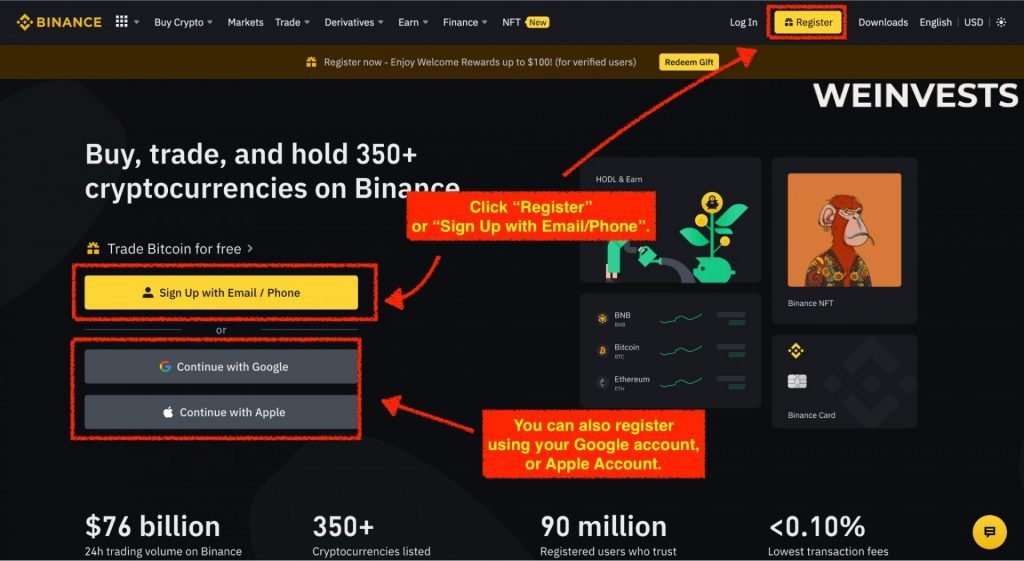
Then go through the verification steps to provide Binance with proof of identity.
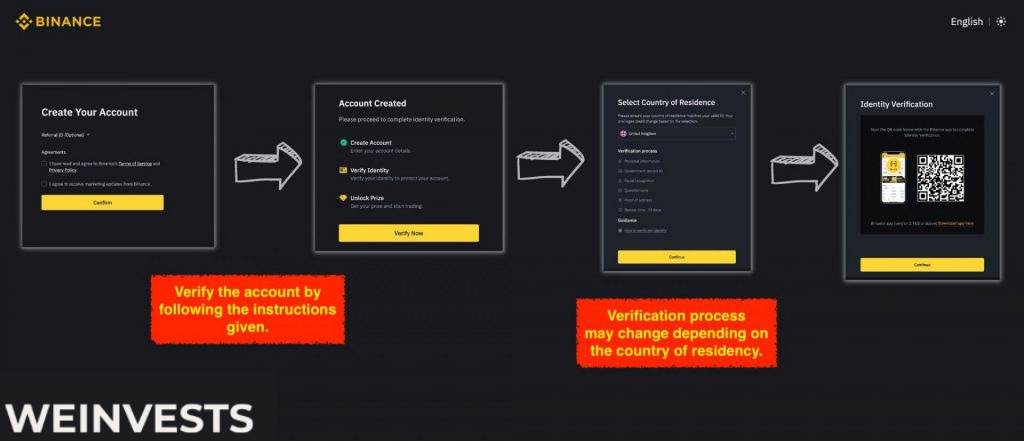
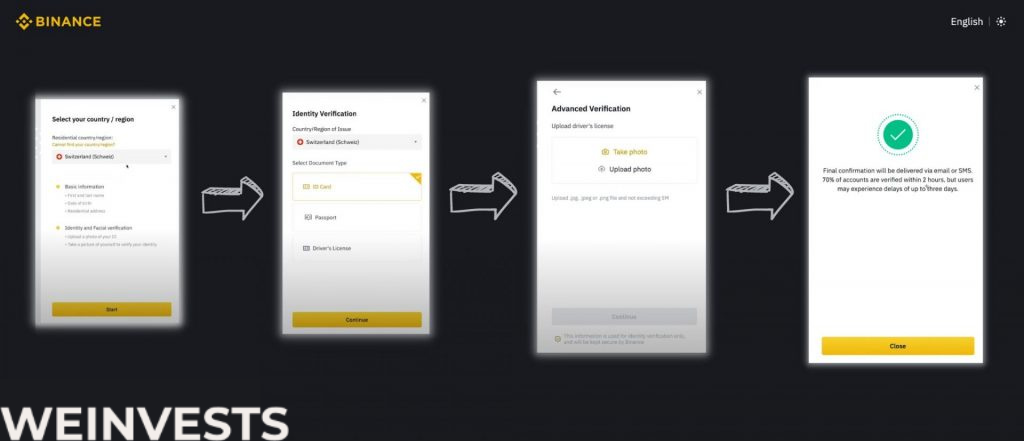
Step 2: Fund your Account
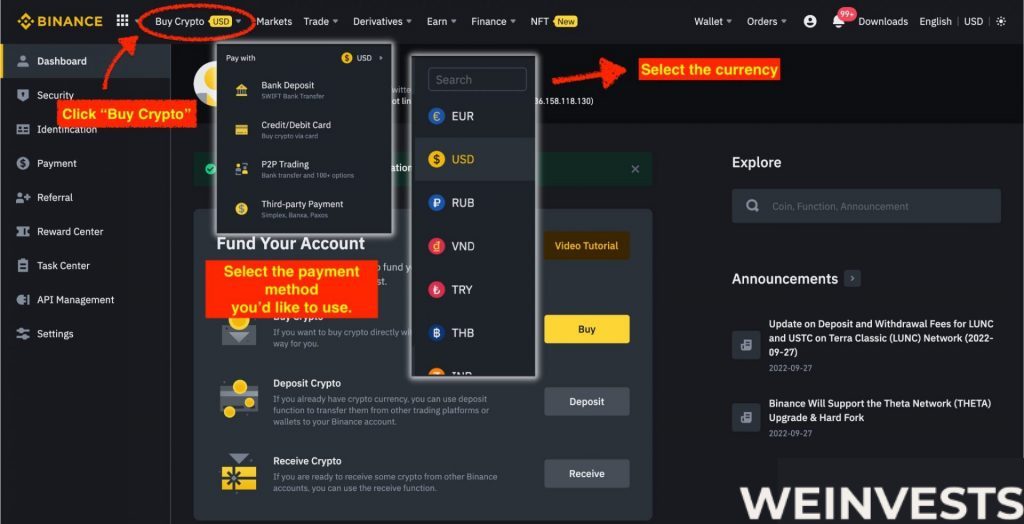
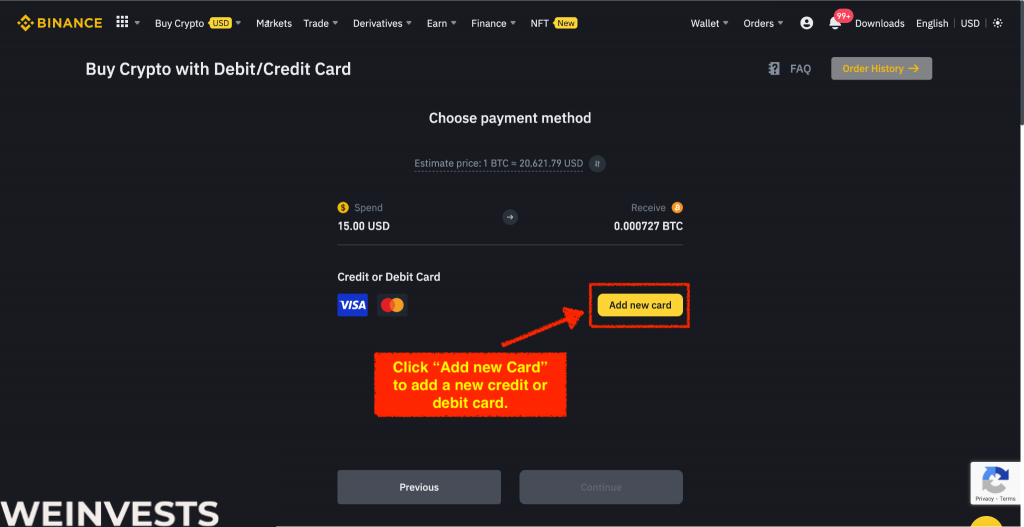
Once you have a Binance account, log in to your account and go to the “Earn” section on the top navigation bar.
From the Earn page, select “Simple Earn” from the options available.
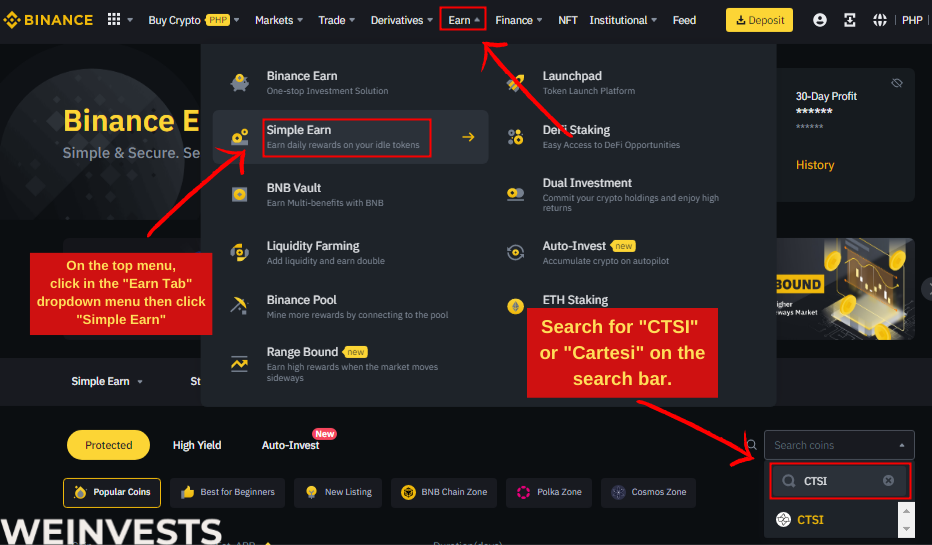
Go to the drop-down menu labeled ‘Earn.’ Here, you will have multiple options. Click on ‘Binance Earn’ and then search for ‘CTSI’.
Step 4: Analyze the Staking Parameters and Stake
Here, you can analyze Cartesi using the ‘Calculate your crypto earnings’ feature. You can input the amount you want to invest and see the projected earnings for 1 year, 2 years, 3 years, or 5 years. Simply click on the desired number of years to invest in ‘CTSI’.
After analyzing, you can subscribe to the program.
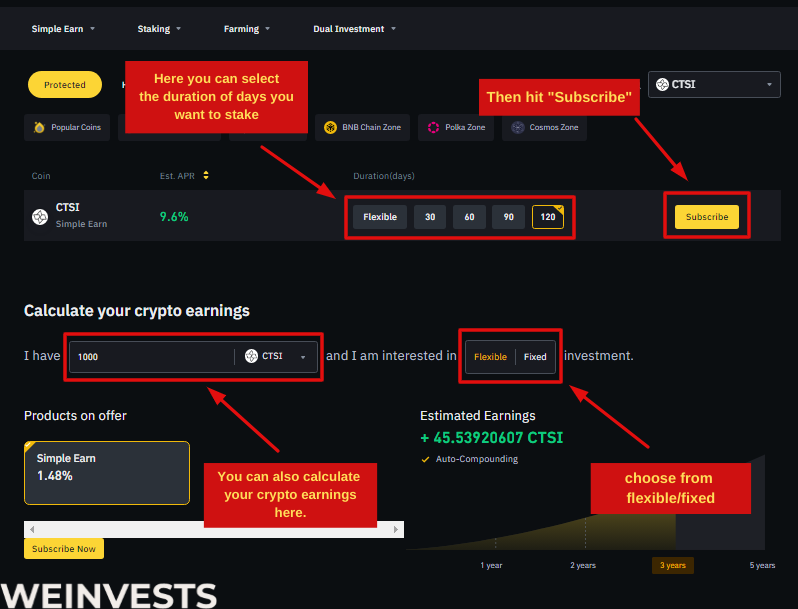
If you want to earn rewards with your Cartesi (CTSI) on Binance.com, you can go to the “Products on Offer” section and click “Simple Earn”.
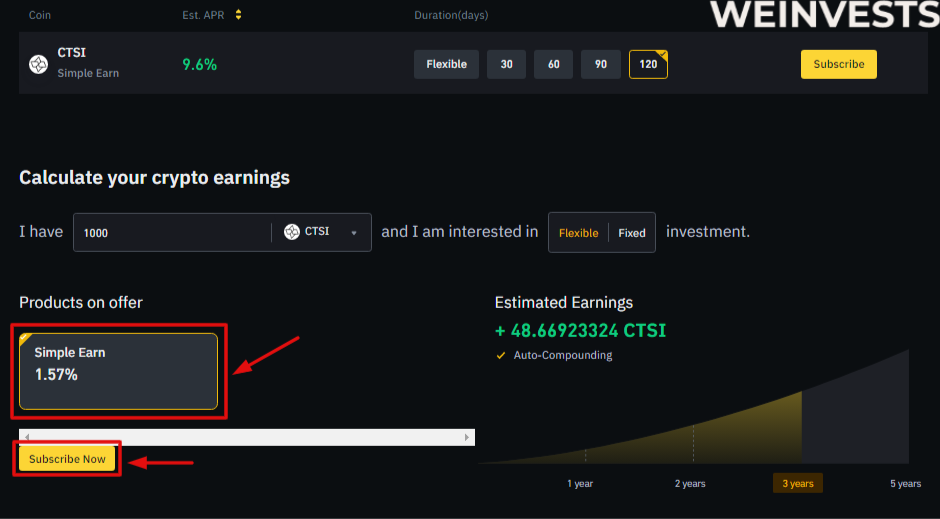
“Simple Earn” lets you deposit your CTSI in flexible or locked products and earn daily rewards. You can subscribe or redeem at any time, so you can maintain your assets’ flexibility and liquidity. The rewards are sourced from Binance’s own funds and are based on the market conditions.
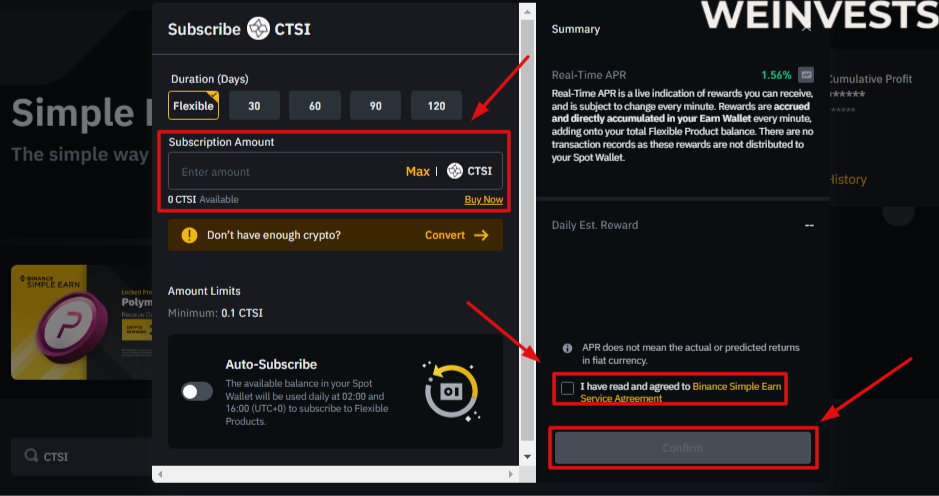
Cartesi Staking Tax
Taxing cryptocurrencies is an intricate matter, and Cartesi is no exception. Globally, the taxation of digital currencies is a murky area if you look into it. Some countries have not created a definite structure for the taxation of digital coins, while others are strict about it.
The United Kingdom takes a middle ground between these two approaches, but their tax system generally follows what most countries do. Nevertheless, traders and investors have many worries about crypto asset taxes. It is essential to understand that blockchain-based tokens are not much different from other financial assets. In fact, the regulations for crypto taxation in the UK is heavily reliant on the regulations for other kinds of assets.
Generally, when you gain income from crypto assets, you will be charged either capital gains tax or income tax, similar to when you make money from stocks. If you take out your crypto profits and convert them to GBP, you must take into consideration the exchange rate at the time. However, if you hold onto the crypto, it is not subject to taxation.
When talking about Cartesi staking rewards being viewed as capital gains, those who receive them will not have to pay taxes as long as the amount earned is below £12,300. If the amount exceeds this limit, a 10% tax rate will be implemented if the basic tax rate applies, or 20% if your tax band is higher than the basic one.
If the crypto gains are considered income, then the income tax will be brought into the equation, and this percentage could reach 45% based on your tax band.
It is always recommended to consult a tax professional when it comes to crypto asset taxes, considering the fact that the crypto world is ever-evolving and the regulatory frameworks that control it often change as well.
Why do people like Staking Cartesi?
A lot of crypto users are increasingly taking an interest in staking Cartesi for multiple reasons.
First off, it takes decentralisation very seriously: this allows the network to be more secure and eliminates entry barriers.
Moreover, it provides stakers with different alternatives to earn staking rewards: users can choose the intuitive alternative, or the more technical one, according to their crypto knowledge, their financial goals and their attitude towards risk.
Always remember that when you choose a centralised exchange, you won’t have as much control over your assets as in the case of decentralised pools, but you’ll also have less responsibilities.
The Cartesi project is particularly inspiring: it uses the concept of blockchain OS – that is, creating operating systems that can benefit from the advantages of blockchain technology. This is why we said that the project better fits the needs of developers.
Conclusion
Cartesi also allows everyday users to find convenient ways to benefit from the cryptocurrency of this network, CTSI.
You have plenty of ways to earn passive income via Cartesi staking, thanks to the consensus mechanism – PoS – used by the network.
You’ll earn rewards because you make the network more decentralised and secure, but despite the complexity of this process, your staking experience won’t be affected.
Of course, also Cartesi has disadvantages, but stakers can still benefit from staking if they pay attention to volatility-related risks.
Cartesi Staking FAQ’s
What is Cartesi staking?
Cartesi staking is a method to earn crypto passive income by holding CTSI.
This is possible because Cartesi uses proof-of-stake (PoS) as a consensus mechanism.
Why is staking Cartesi different?
Cartesi staking is different because stakers can choose three different ways to stake CTSI, and they can also choose according to their capabilities and expertise.
Stakers can choose among decentralised staking, staking via the services offered by centralised exchanges, and they can choose to run a node.
Are the rewards for staking with Cartesi taxed in the UK?
Yes. Crypto staking rewards can fall within the category of capital gains or being considered as part of a person’s income.
This happens because, in general, also crypto staking rewards are considered as other types of investments – but it’s important to note that this applies only when the staking rewards are withdrawn.
According to the tax band of the single person, the percentage of the taxation can reach up to 45%.
How can I stake Cartesi?
If you choose to stake CTSI via centralised exchange, you can create your personal account, deposit or buy CTSI and decide the amount to stake.
When it comes to decentralised staking, the process is fully permissionless, and you’ll just need to connect a decentralised wallet to the Cartesi explorer before starting your staking activity.
The third alternative is running a node: it is more complex and risky, but if you succeed in finding new blocks, you can keep the whole reward.
Do you need to stake a minimum amount of Cartesi to earn rewards?
No. Generally speaking, there’s no minimum amount you need to activate Cartesi staking, but of course, the lower the investment, the lower the rewards.
WeInvests is a financial portal-based research agency. We do our utmost best to offer reliable and unbiased information about crypto, finance, trading and stocks. However, we do not offer financial advice and users should always carry out their own research.
Read More







